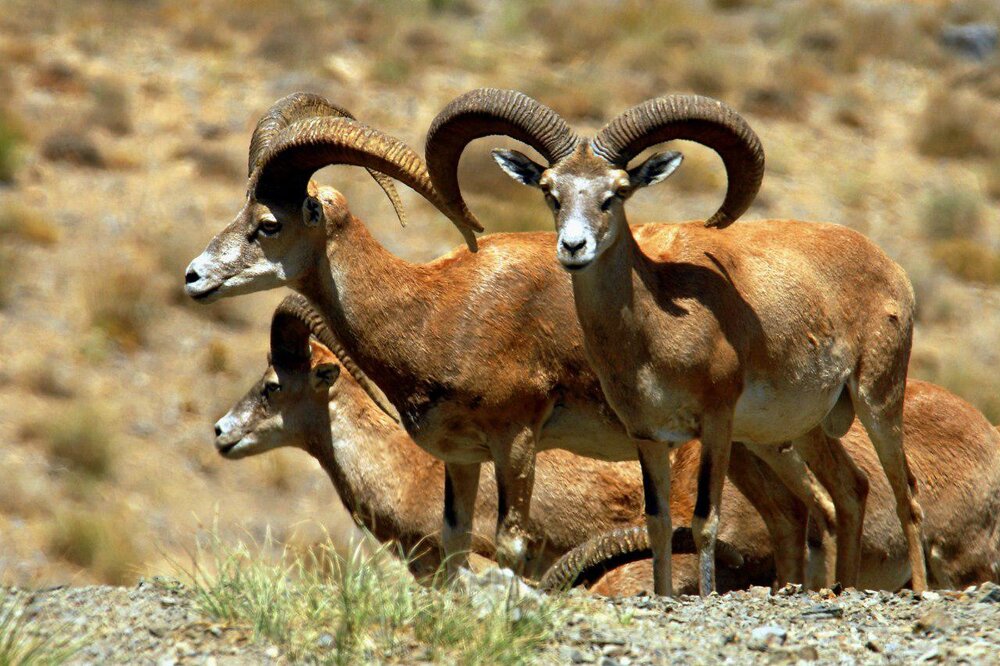Wildlife population 4-folded in private sanctuaries

TEHRAN – The population of prominent wildlife species such as the wild goats and urials in private sanctuaries has increased 1.5 to 4 times after a period of 8 to 9 years, Hassan Akbari, deputy head of natural environment and biodiversity of the Department of Environment (DOE), said.
The private sanctuaries are wildlife habitats that is licensed to a person or group for a period of 5 or 10 years who can conserve and exploit the wildlife, he explained.
The total area of private sanctuaries is a total of 280,000 hectares, which has led to the direct employment of 30 people, and these people have also invested a considerable amount in protection equipment, he stated.
He went on to say that the population of prominent wildlife species such as the wild goats and urials in these habitats has increased 1.5 to 4 times after a period of 8 to 9 years, IRNA reported on Wednesday.
In recent years, the DOE has tried to use international experience and domestic law enforcement tools to use the capacities of the non-governmental sector in the development of wildlife protection and their sustainable use, especially in natural areas outside the four areas under management (protected areas), he also noted.
Importance of environmental protection
There are 1,300 species of animals in the country, 130 of which are endangered and threatened, Akbari said in December 2021.
Over 10,000 environmental violators are arrested on average annually. Asiatic cheetahs, great bustards, Siberian cranes, Persian onagers, and some reptiles and amphibians are among the endangered and threatened species, he said.
Significant smuggling and habitat destruction are the main threats to the species, and promoting a culture of kindness to the environment and strengthening social participation is one of the most important and effective strategies in protecting the environment, he explained.
The availability of large quantities of weapons and ammunition to the poachers is another risk factor for wildlife populations, Akbari added.
To preserve the existing biodiversity over the wide geographic expanse of Iran, four types of areas have been designated for preservation and protection, including, national parks, wildlife refuges, protected areas, and natural national monuments. In 1997, the DOE held supervision over 7,563,983 hectares of such areas.
Currently, the supervised areas reached about 18.5 million hectares, including, 30 national parks, 170 protected areas, 45 wildlife refuges, and 37 national natural monuments.
Iran has a high diversity of species due to geographical conditions, climatic diversity, huge water resources of the Caspian Sea in the north and the Persian Gulf, and the Sea of Oman in the south.
According to the latest studies, about 1,300 species of vertebrates, including mammals, birds, reptiles, amphibians, and aquatic fish, about 30,000 species of invertebrates, and 8,000 species of plants have been identified in the country.
Unfortunately, over the past two decades, human activities have led to alarming degradation of ecosystems, deletion of genes, species, and biological capabilities; Human threats to biodiversity have accelerated the most over the past 50 years over the entire history of human life.
FB/
